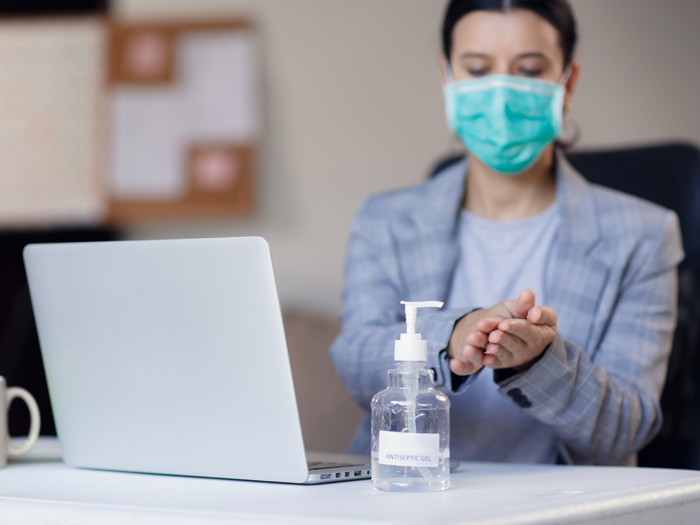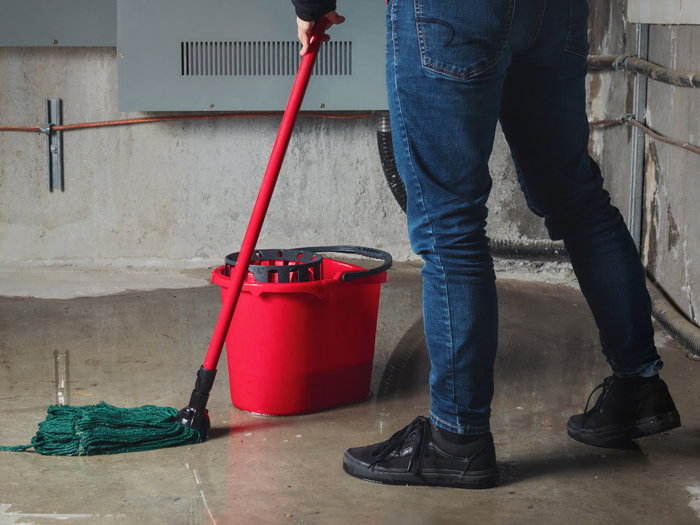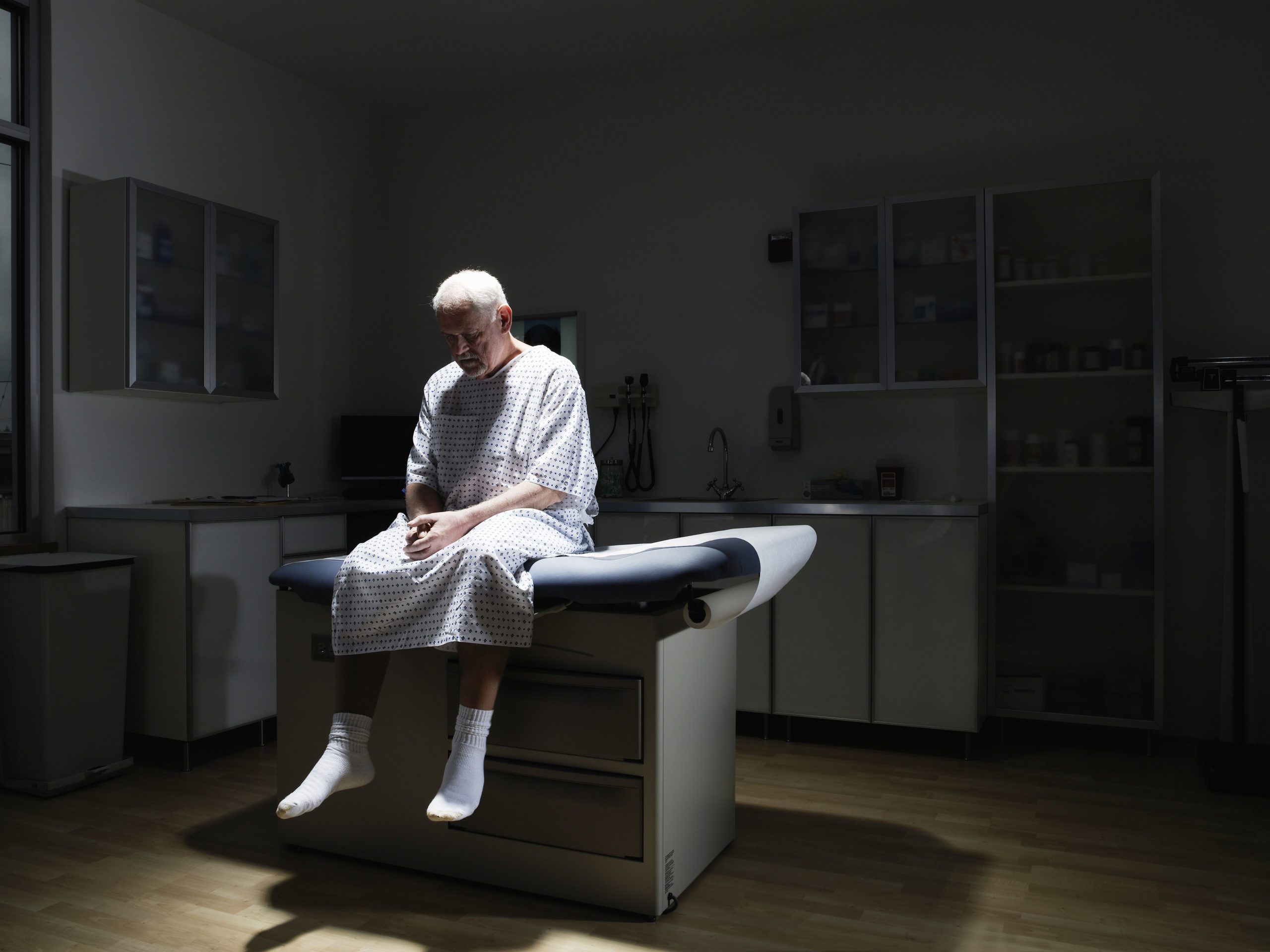How Businesses Can Screen Employees’ Temperatures Post-Shutdown — Without Violating Their Privacy

The COVID-19 pandemic isn’t over, but many businesses throughout the country are gearing up to re-open offices and worksites following shutdowns and are welcoming back their employees.
While many businesses are creating plans for how those re-openings will look, others are lagging in that preparation, said George Katsoudas, senior vice president and head of compliance at A.J. Gallagher’s Benefits and Human Resources Consulting Division.
Gallagher conducted a COVID-19 Pulse Survey that, as of May 22, found 34% of the 265 businesses that responded had created a return-to-work policy, while 58% were either drafting a policy or waiting to receive more information from authorities.
It’s All About the Plan
Of course, many things have changed in the past few months since the novel coronavirus was first detected in the U.S. and forced businesses to shut down.
For example, one of those changes now allows businesses to screen employees’ temperatures under certain conditions.
Having a plan that deals with these overarching business changes is crucial, said Katsoudas, who also recommended businesses formalize return-to-work policies that cover exactly how work life will change upon return.
“I’d counsel employers to have a game plan and to communicate [their] plan to the extent that they’re going to be changing policies,” he said.
“I’d say they should probably overdo communication with employees.”
Prior to the pandemic, temperature screening was generally considered an overbroad medical exam under the Americans with Disabilities Act. But because of the rapid spread and lack of a vaccine for COVID-19, that rule changed. On March 19 when the U.S. Equal Employment Opportunity Commission issued new COVID-19 guidelines, employee temperature screening was deemed allowed.
“The EEOC has stated that although medical examinations are strictly limited under the Americans with Disabilities Act, the law does allow employers to conduct medical examinations where it is job-related and consistent with business necessity,” said Nancy Delogu, shareholder in the Washington D.C. office of Littler Mendelson, a law firm that deals with employment and labor law.
“Owing to the pandemic, the agency has concluded that an employer does have a business need to identify workers who may be feverish and to remove them from the workplace so long as they are febrile.”
The need to continue to protect employees’ health information, however, continues, she cautioned.
“As with all medical information, the fact that an employee had a fever or other symptoms would be subject to ADA confidentiality requirements,” she said. “The agency also warns that since many people who may be infected with COVID-19 will not have a fever but may still be capable of spreading the virus, temperature checks are only one tool that may help limit the spread of the disease through the workplace.”
Responsible Responses
Other responses to the pandemic may include education of employees about symptoms, employee and visitor screenings or interviews about other risk factors, limitations on non-essential travel, encouragement to work from home, focus on good hygiene such as hand washing, social distancing and assessment of paid and unpaid leave programs.
If an employer wishes to institute temperature checks or is required to do so because of a local executive order regulating public safety during the pandemic, Delogu said businesses should encourage workers not to come to work if they feel ill, and then implement temperature checks near an entry before workers are permitted to go into the facility to begin work.
“It’s important to think the process through,” she said.
“For example, who will administer the checks? Are they your employee or a vendor’s employee, such as a security guard? Have they been trained to do this? Do they have personal protective equipment? What tools will you use? What is your process for ensuring workers do not see one another’s personal health information upon reporting for work?
Also, be prepared for this process to take several minutes per worker, and consider how long it will take to complete the process, and how many people you may have arriving for the check at the same time.”
Like Katsoudas, Delogu said communicating clearly with employees about policy changes is crucial to easing the stress of reopening during an ongoing pandemic.
“For workplaces in which most or all workers were asked to work from home or furloughed all together, it will be new, unusual and perhaps unsettling for those employees to be asked questions about their health and their close contacts,” Delogu said. “Clear communications can ease some of this anxiety.”
Delogu recommended employers be available to answer questions and to continue to emphasize privacy.
“When workers come to the office, you’ll want to offer them privacy, to the extent possible, to review and answer those questions, and to participate in temperature screening or other screening processes,” she said.
“If someone is not feeling well or has a temperature, and is sent home as a result, there is no reason for their co-workers to know that. It may not be practical to conduct those screenings in a truly private location, but do your best to minimize the intrusion.” &










